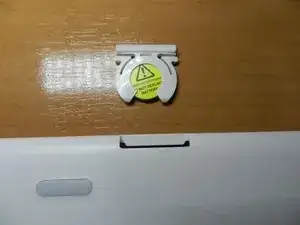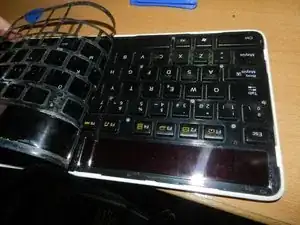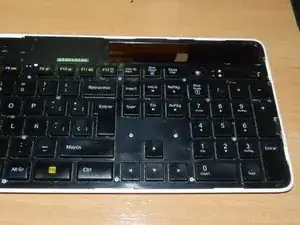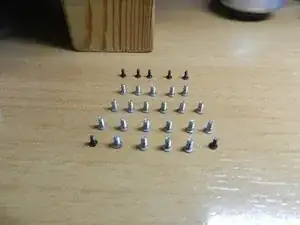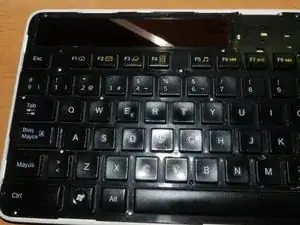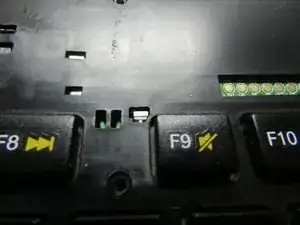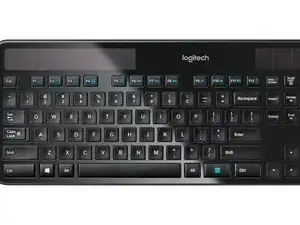Introduction
Half disassemble the keyboard for deep cleaning.
Tools
-
-
With a hair dryer, heat the cover and pull little by little with your hand so as not to break it.
-
-
-
Unscrew the 28 "PHILIPS" screws, order according to output order as they have different heights and diameters.
-
-
-
Carefully pry up the tabs around the keyboard body. Between the F8 and F9 keys there is another tab. To open it, raise it a little from below and lever it with the screwdriver, as if we were going to screw.
-
Recommended to remove that dirt that remains between keys, and that cannot be easily removed, it is very easy to do, and with simple tools.
4 comments
May I ask if the keyboard was opened with a repair in mind or simply to illustrate the process?
A few keys have stopped being very responsive on my keyboard and I am looking if they can be fixed.
Hi Georgios,
I also had a button that wasn’t working well. This is why I tried to disassemble it. Since these days of confinment I did it again but followed a little more, I can recommend you that you won’t see anything since it is like a laptop keyboard also you also can damage the black label that is very sticked. This 2nd time when I did this process, I melted down one button (the left arrow) and now it is deformed and I had to repair it.
Since the keys mechanism is same as on laptop keyboards, you can try to pull it up by the one side and then the other side with care to don’t damage it.
In my case, the problem was dirty under the button that was sticking the membrane each pushin. I cleaned with alcohol and a small brush and restore it’s functionality.
Muchas gracias por el tuto!!! aunque me da algo de yuyu el tener que despegarlo... pero me veo que me tocará hacerlo, no se pq la F8 me da pulsaciones sola… Una duda… con que lo has vuelto a pegar?
hola,
l primera vez use su propio pegamento recalentando pero la segunda vez, quite que lo que habia original y use cintas finas doble cara. a mi me ha quedado mal pegado. la proxima vez usare cola de contacto como para las pantallas de los moviles. creo que debe de ir mejor
